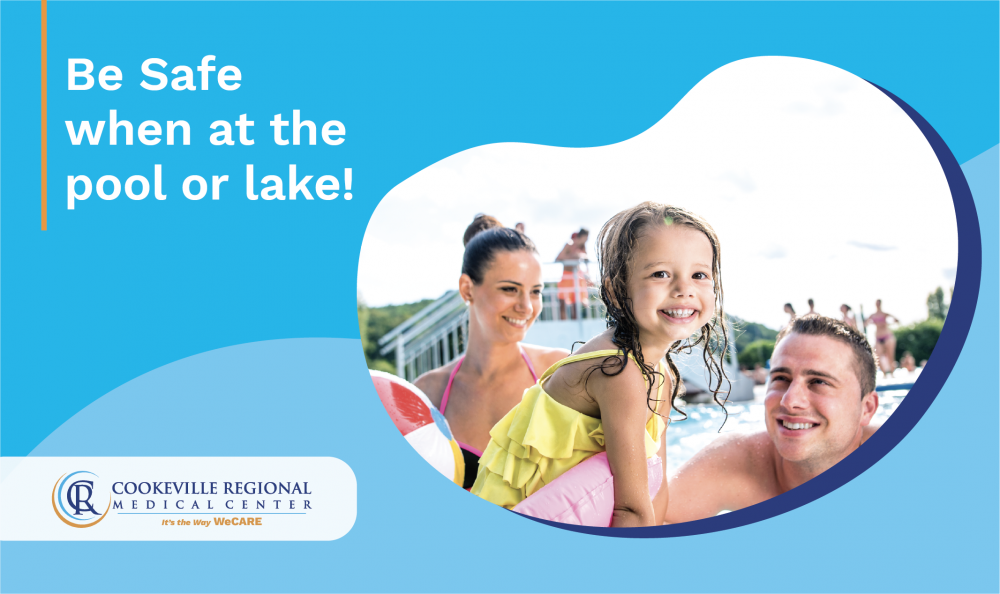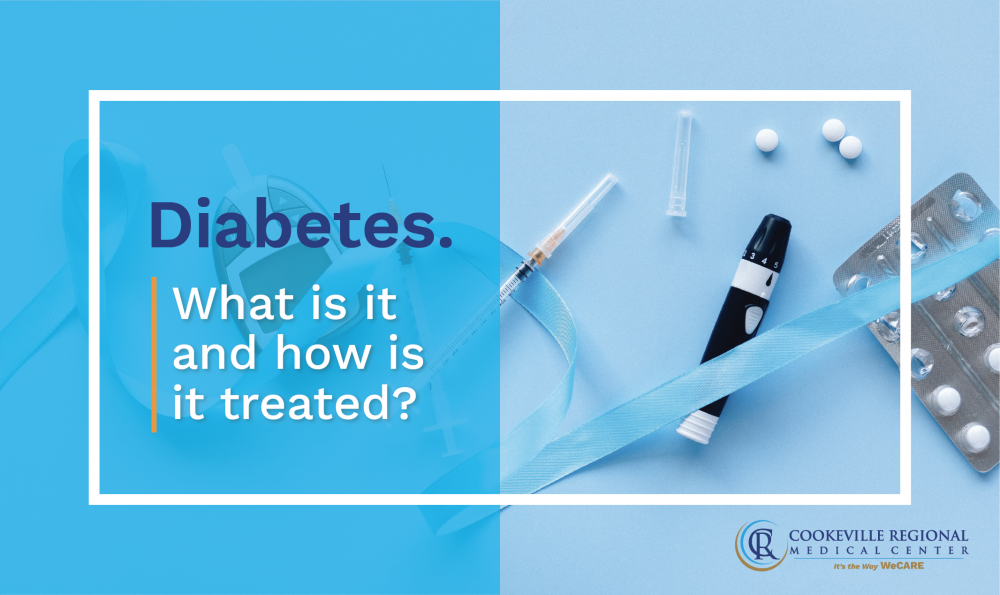Lifestyle
Always pay attention around the water

Summer is wrapping up quickly, which means people will flock to the closest area of water to get that last bit of summer fun in.
That could be a neighborhood pool, the lake or the beach.
Without the proper safety knowledge and gear, tragedies can be avoided. According to the National Safety Council, on average about 10 people die from drowning every day in the United States. That number does not include boating accidents.
Emergency departments treat about 6,400 pool and spa injuries in children younger than 15 every year.
According to the NSC, drowning deaths peak among one and two year olds and continue to be the second leading cause of preventable death through age 15.
Here are a few safety precautions to keep in mind:
- Don’t go in the water unless you know how to swim. Swim lessons are available for all ages.
- Never swim alone.
- Learn CPR and rescue techniques.
- Make sure the body of water matches you skill level. Swimming in a pool is much different than swimming in a lake or river where more strength is needed to handle currents.
- If you do get caught in a current, don’t try to fight it. Stay calm and float with it or swim parallel to the shore until you can swim free.
- Swim in areas supervised by a lifeguard.
- Don’t push or jump on others.
- Don’t dive in unfamiliar areas.
- Never drink alcohol when swimming. According to KidsHealth.org, alcohol is involved in about half of all male teen drownings.
- Never leave your child alone. If you have to leave, take your child with you.
- Find age-appropriate swim lessons for your child, but keep in mind that lessons do not make your child “drown-proof.”
- Lifeguards are not babysitters. Always keep your eyes on your child.
- Don’t let children play around drains and suction fitting
- Never consume alcohol when operating a boat, and always make sure everyone is wearing U.S. Coast Guard-approved life jackets
- Don’t underestimate the power of water; even rivers and lakes can have undertows
- Always have a first aid kit and emergency contacts handy
- Get training in CPR
- If a child is missing, check the water first
For more information, visit https://www.nsc.org/home-safety/tools-resources/seasonal-safety/drowning.


